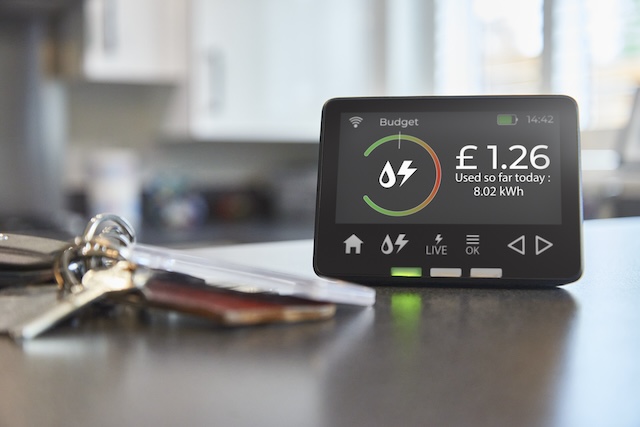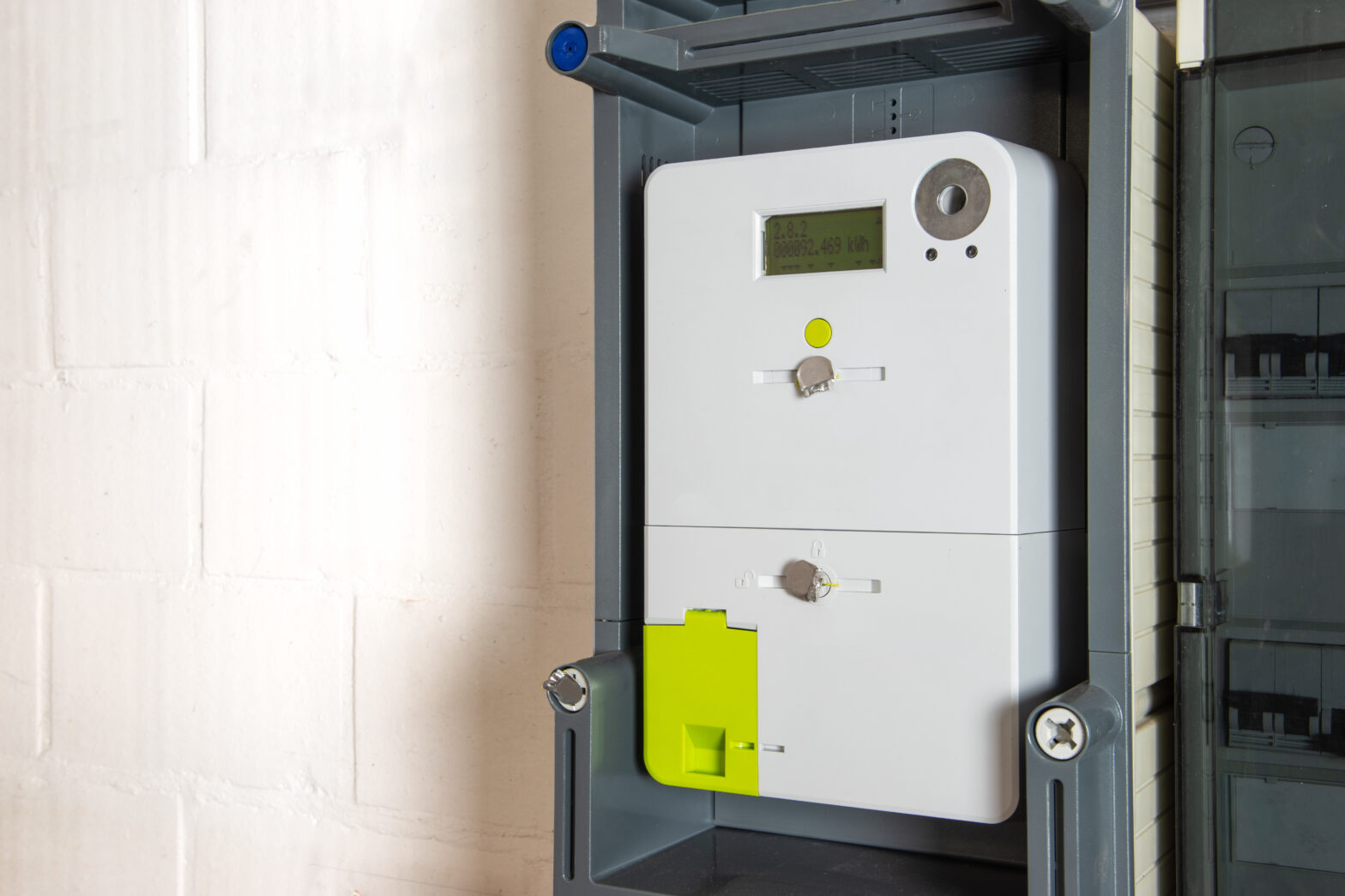An energy audit is a way of surveying how much gas and electricity you use, either at home or at your place of business. As well as saving you money on your monthly bills, carrying out an audit could help your business become more sustainable.
While this might seem like another thing to add to your to-do list, the good news is that the smaller your business, the easier it is to conduct an energy audit.
We’ll take you through how to do an energy audit, step by step, so you can begin turning those insights into actions straight away.
Why should I carry out an energy audit?
Everyone wants to save money on their energy bills, but an energy audit has plenty of benefits beyond the obvious budgetary concerns.
Showing both your customers and employees that you, as a business, have a renewed commitment to sustainability can have nothing but a positive impact on your reputation and morale. It also means you’ll be ready for any new energy legislation that may be implemented in the future.
While an audit isn’t a legal requirement for businesses that have fewer than 250 employees, it’s well worth taking the time to do one.
Step 1: Preparing and assessing
Before you begin your audit, it’s important to identify where you use the most energy in your day-to-day activities. This will help you to focus on the areas that can be improved and to get started quickly.
You can collect this information by using an online energy use tracker. These often come in the form of apps, where you can enter the wattage, use per day and period of use of an appliance and get an estimated cost based on consumption.
Your energy supplier might also be able to help you out with this as well. Many suppliers allow you to track your energy use through mobile apps, with viewable graphs that clearly show you the data.
Create a checklist of each area of your business that uses energy and rank your devices and equipment in order of usage. For example, if you run a coffee shop, you can safely assume that the coffee machine will be a high energy use item.
Beyond this, a big part of this stage will involve common sense. After all, no one knows your business better than you!
Step 2: Perform a site visit
To help you with this preliminary period, it’s worth having a walk around your site in order to easily identify your energy performance and efficiency. This stage is a good chance to not only assess the devices which draw power, but the condition of your working space and the building it’s in.
Poor ventilation and insulation can cost you a lot in wasted energy over a prolonged period, so use this visit to highlight anywhere this could be improved. Lighting is another aspect of energy use that’s taken for granted. It accounts for around 10% of an average electric bill, so take note of the lighting quality and quantity of your business space. You may be using inefficient bulbs or have controls that use too much power.
Of course, if you’re renting your space, ensure you talk to your landlord before making any changes, and make them a part of the process – this audit will be saving them money as well.
A walk round isn’t limited to those renting a space, however. If you work from home and consider your office to be your primary place of business, you can still perform a site visit, even if the “site” is just down the corridor from your bedroom! Computers, laptops, phone chargers, lamps and other office devices all fall under the parameter of a business energy audit.
Step 3: Analyse your energy use
Once you’ve identified the business areas that consume the most energy, you can begin to collect and understand the data. By getting a smart meter, you can see how much you’re using and spending at any time, meaning you can record both the units and monetary cost of your energy. It’s worth checking that your supplier will also provide a smart meter display with your new meter.
Using specialised software (or even creating your own spreadsheet), you can record exactly how much each part of your business is using to generate an energy performance rating. This service is also available on the government’s website, where you can find an assessor who will visit your business and give it an official certificate.
Finally, look at your energy bills to see if there are any errors or anomalies. Your smart meter will automatically send accurate and not estimated energy use data to your supplier, so it’s easy to see where you can make any changes.
Step 4: Make an action plan
Now that you’ve gathered and analysed your energy usage, it’s time to plan how you can conserve more energy in future. There are two types of actions you can take:
Quick wins
These are smaller, cheaper energy-saving methods that you can carry out straight away, including:
- Changing to more energy efficient bulbs
- Installing light dimmers or timers
- Unplugging appliances when not in use
- Buying a more efficient version of an existing product
- Using caulk to seal any air leaks, thus sealing in warm air
- Check any filters on heating and cooling equipment to see if they need to be replaced
Long-term changes
These are actions that require a bit more planning and probably a higher budget to enact, but could be worth it depending on your situation:
Check your insulation levels
Changing your installation sounds a daunting task, but it doesn’t have to be done all at once. If you’re working in a home office with the heating on all day, upgrading your insulation could save you a lot in the long run, especially with energy prices in the state they’re in.
Poor ventilation is a big cause of energy waste
If you run air conditioning during the summer, any leaking air can be a huge waste of money and is terrible environmentally. Conversely, a well-ventilated working space means you won’t have to run it as often.
If your business involves any kind of cooking or food preparation, good ventilation is obviously vital, but any kind of appliance requires good air supply if it runs hot enough. Even a laptop can overheat!
Additional tips
- Involve your staff from the beginning – they may have some insight into how your business uses energy that you’ve overlooked.
- Be sure to let your customers know about your conservation plans, especially if you’re having work done that might affect business. You’ll also get a bit of free environmental street-cred too.
- Safety should always be a priority – perform a risk assessment and identify any mitigating factors before you carry out any big changes.
Visit Smart Energy GB to find out more about getting a smart meter and how it can help with your business energy audit.
See also: 5 misconceptions about how to lower your business energy bills





